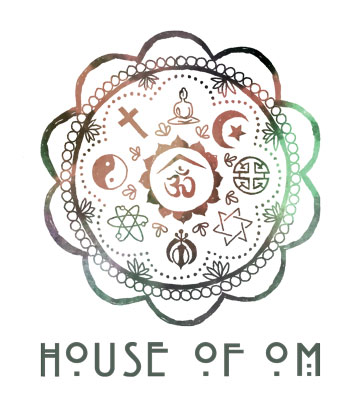

Speaking Sanskrit to spice up your class not only provides your students with a much more authentic experience but also allows you to immerse yourself into the history and culture behind the practices.
Pranayama
Ujjayi
Ujjayi (Sanskrit उज्जायी) comes from the Sanskrit prefix “ud” (उद्) added to it and root “ji” (जि): “ujji” (उज्जि), meaning “to be victorious”
Ujjayi literally means “Victorious Uprising”
kapālabhāti
Kapalabhati (Sanskrit: कपालभाति) made up of two Sanskrit words: kapāla meaning ‘skull’, and bhāti meaning ‘shining, illuminating
Anuloma
Anuloma (Sanskrit: अनुलोम) literally means “with the hair,” from anu (with) and loma (hair) .It is often translated as “in a natural order“.
Viloma
Viloma (Sanskrit विलोम) Reverse, in the opposite way. Often traslated as “Against the natural order”.
nāḍī Śodhana
Nadi Shodhana (Sanskrit: नाडी शोधन) The term comes from the Sanskrit nadi, meaning “channel,” and shodhana, meaning “cleaning” or “purifying.”
Agnisāra
Agnisara (Sanskrit: अग्निसार) Agnisāra is a sanskrit compound consisting of the terms agni and sāra (सार)
Naulī
naulī (Sanskrit: नउली) Nauli is a Sanskrit word for an exercise that is carried out to clean the abdominal body through massaging the internal organs.
Also known as “isolation of the belly”.



